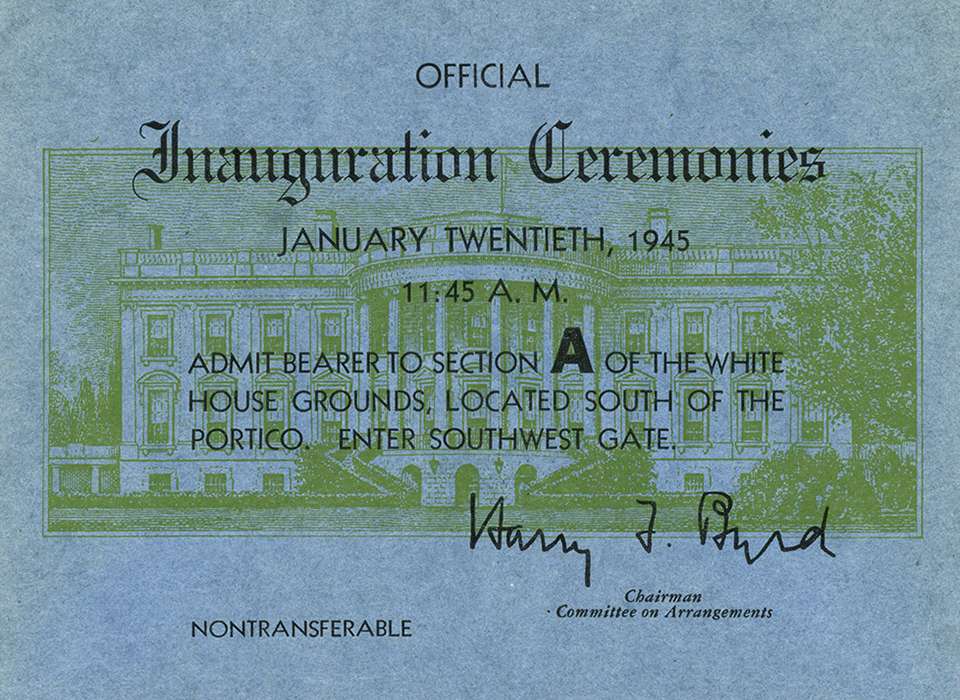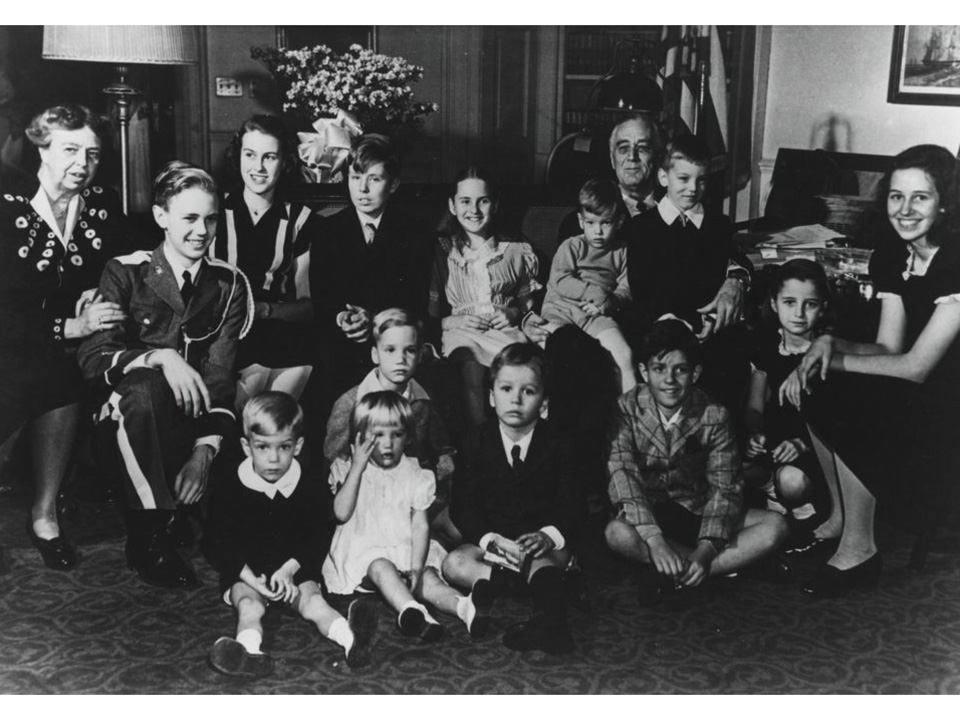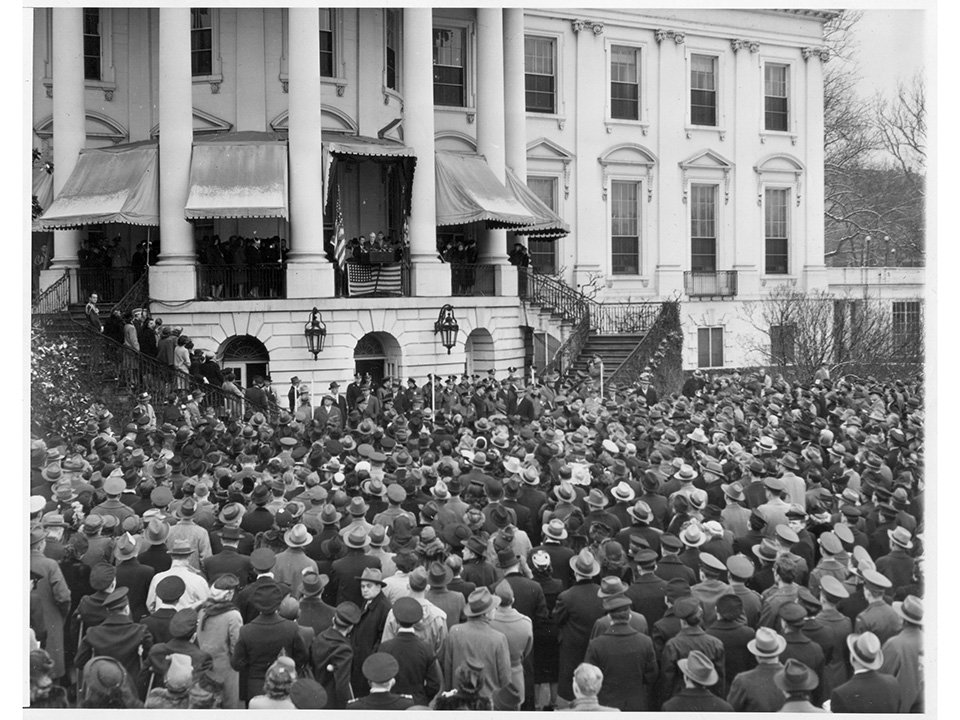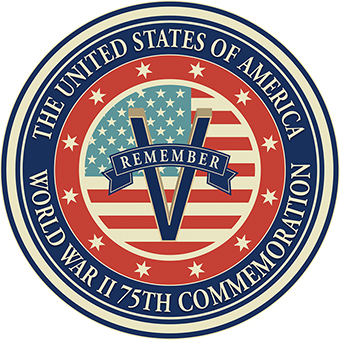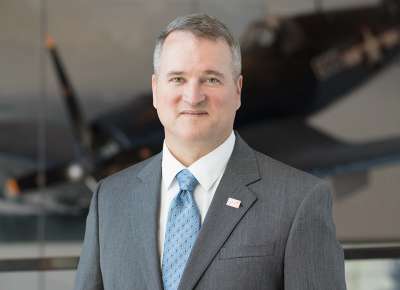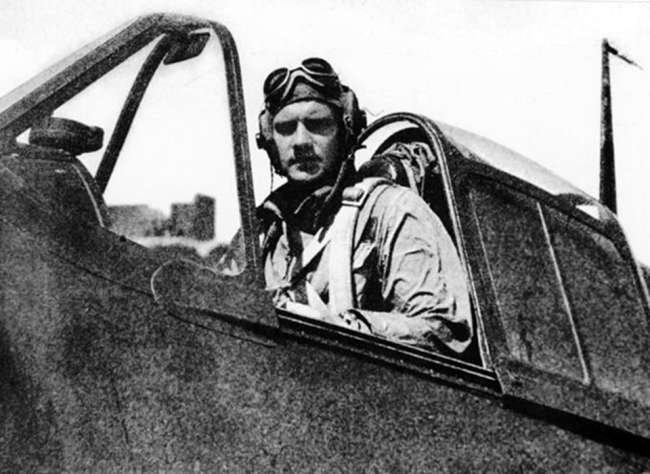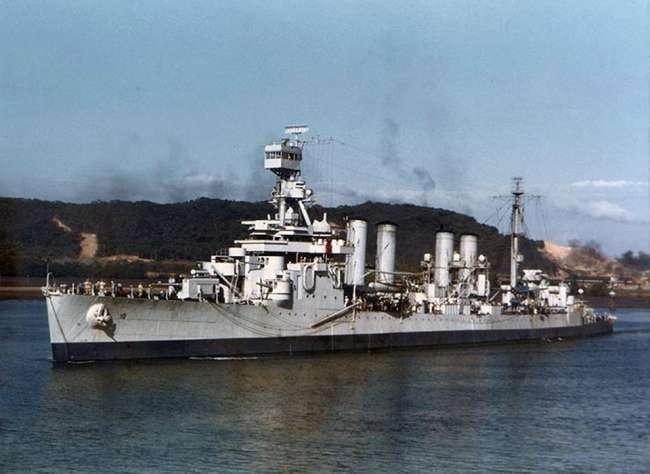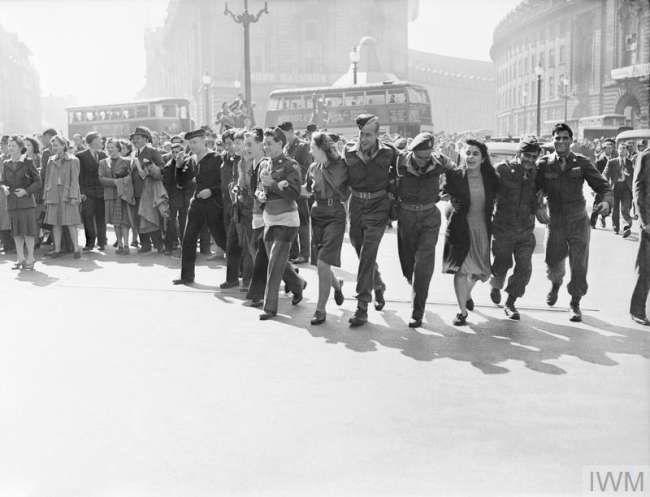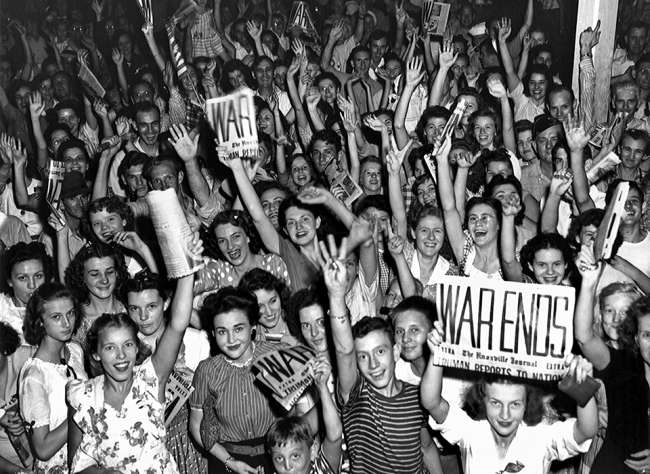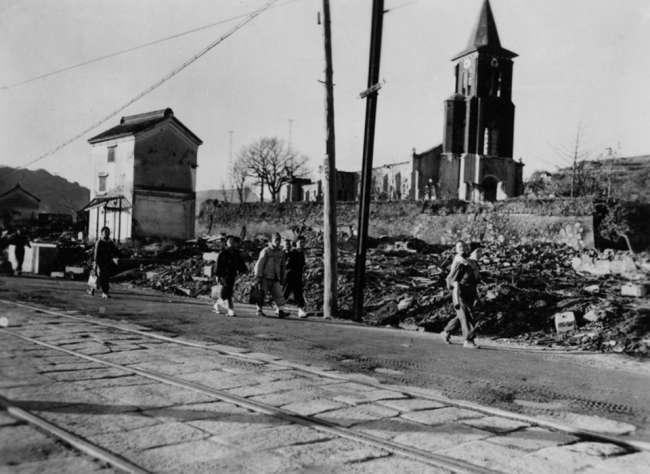Top Image: One of 7,000 tickets to FDR's fourth inauguration. Photo courtesy of the Franklin D. Roosevelt Library, US National Archives and Records Administration.
On the 20th of January, 2021 the nation will hold the 59th formal inauguration of the President of the United States of America. Since the inauguration of George Washington on the 30th of April, 1789 in New York, the event has grown in size and duration. Although the US Constitution only requires that the incoming president take the oath of office, modern inaugural festivities typically last days, include a plethora of balls and receptions, and a grand parade with marching bands, floats, and thousands of service members. This year inaugural festivities will be limited to prevent the spread of the deadly COVID-19 virus. This is not the first time inaugural festivities have been scaled back.
Franklin Roosevelt’s fourth inauguration in 1945 was by all accounts a small and serious event. In January 1945, the nation was entering its last year of the war and President Roosevelt had a lot on his mind. Roosevelt just won a tough election marked by accusations against the President and his family (famously including his dog Fala) and questions about the President’s health. In early January the administration fought with Congress in an attempt to address severe shortages of men for military service and in critical manufacturing sectors. In Europe, US and British forces had beaten back the German Wehrmacht in the Battle of the Bulge. In what turned out to be the largest battle in the history of the US Army, more than 600,000 soldiers fought desperately in horrific conditions to break the determined German assault.
In Italy, conditions in the mountains had deteriorated to the point that the Allies did not have the ability to go on the offensive and a grueling stalemate seemed to endure. On the Eastern Front, Soviet forces captured Warsaw and Krakow, and soon, would liberate the horrific Auschwitz-Birkenau death camp complex. In the Philippines US forces were fighting on the island of Luzon and closing in on the capital city of Manila. Hungary fell and agreed to enter the war on the Allied side while Communists and British forces held a tenuous cease-fire in the Greek capital of Athens. The Navy sank 41 Japanese ships in the Battle of the South China Sea and plans were being finalized for the coming invasion of a small island called Iwo Jima. Finally, Roosevelt was working with his principal advisors for the upcoming meeting with the Allies at Yalta to shape the post-war world.
This was not a time to hold large scale celebrations and Roosevelt gave instructions for the inauguration to be “simple and brief.” When asked about the parade, Roosevelt replied that with the world at war, “who is there here to parade?”
It would turn out to be an inaugural of records. Franklin Roosevelt was the first and, with the passage of the 22nd Amendment to the Constitution, only president to have four inaugurations. Under the auspices of cutting costs, but also likely in consideration of his health, Roosevelt opted to hold the actual ceremony at the White House for the first time. And this inauguration would be the last time the old tradition of the outgoing vice president swearing in his successor would occur. Since 1945 the incoming vice president has been sworn in by either a Supreme Court justice or member of Congress.
Franklin and Eleanor Roosevelt with their grandchildren on Inauguration Day 1945. Eleanor was concerned about an epidemic of childhood disease amongst the children. Photo courtesy of the Franklin D. Roosevelt Library, US National Archives and Records Administration.
Despite all that was weighing on him, FDR was looking forward to the event because it was also going to be a family occasion. In her memoirs Eleanor Roosevelt recalled, “early in January, realizing full well this would certainly be his last inauguration, perhaps even having a premonition that he would not be with us very long, Franklin insisted that every grandchild come to the White House for a few days over the 20th. I was somewhat reluctant to have thirteen grandchildren ranging in age from three to sixteen together, for fear of an epidemic of measles or chickenpox, but he was so insistent that I agreed.” The President also insisted that his son, James, a Marine serving in the Philippines, be temporarily assigned to the White House for the event. James helped his father during the first three inaugurations and FDR was going to make sure he was there for the fourth.
The weather on the day of the ceremony matched the somber mood of the crowd. A mixture of sleet and snow fell in Washington the night before and left a wet white blanket on the ground. Although thousands tried to catch a glimpse from outside of the White House fence, only 7,000 tickets were issued for the south portico grounds. Canvas was put down for the guests but there were no chairs and everyone had to stand. Most notably in attendance, the president insisted that 50 spaces be reserved for wounded service members from around the Washington, DC area. They represented the hundreds of thousands of wounded service members who were in hospitals around the world at the time and their crutches and wheelchairs served as a stark reminder of the cost of war for the rest of the guests.
The San Diego Union-Tribune newspaper described the small ceremony as a “homey little ceremony on the back porch of the White House.” The entire ceremony lasted only 12 and a half minutes and was estimated to cost only $2,000. The entire event consisted of an invocation, oaths of office for the vice president and president, Roosevelt’s speech, and the playing of the national anthem.
Franklin Roosevelt delivering his inaugural address on January 20, 1945, the shortest in American history. Photo courtesy of the Franklin D. Roosevelt Library, US National Archives and Records Administration.
At 556 words and a little more than six minutes, Roosevelt’s speech still stands as the shortest inaugural address since George Washington. He described the war as a period of supreme test for democracy. Roosevelt confidently said that he knew it was “America's purpose that we shall not fail” and that as a nation “we shall work for a just and honorable peace, a durable peace.” Roosevelt acknowledged that mistakes would be made both domestically and abroad but that they would not be “mistakes which result from faintness of heart or abandonment of moral principle.” He invoked his old schoolmaster who said that the “trend of civilization is forever upward.” Acknowledging the eternal desire to create a more perfect union, he pointed out that the US Constitution was flawed but “provided a firm base upon which all manner of men, of all races and colors and creeds, could build our solid structure of democracy.” Finally, he committed the nation to what years later would be called a policy of engagement, saying “we cannot live alone, at peace; that our own well-being is dependent on the well-being of other nations.” Reflecting on one of the greatest lessons of World War II, Roosevelt said that the United States “learned to be citizens of the world, members of the human community.”
To millions listening around the world it was classic FDR. It was the first time he gave a speech standing in three months, and sadly would be the last time he would do so. Over the radio his voice was strong and confident, but to those watching from the dais it was alarming. Unwilling to show weakness, he shunned his famous cape and appeared on the bitterly cold and windy podium hatless in only a suit coat. His hands shook throughout his speech and it was clear to all he had lost a lot of weight. Speaking with the Secretary of Labor, Woodrow Wilson’s widow stated, “he looks exactly as my husband looked when he went into his decline.” Former Vice President Henry Wallace remarked that Roosevelt “was a gallant figure, but also pitiable.”
Following the formal ceremony, FDR retreated to the Green Room of the White house while Eleanor and other family members greeted the 2,000 guests expected for a luncheon. After dispensing with a few guests, Roosevelt asked to be left with his son. Roosevelt had an angina attack and asked for a half glass of straight whiskey to dull the pain, which he immediately gulped down. The father and son briefly discussed the President’s will and the disposition of some family heirlooms in the event of his death. This was not a topic for a President who expected to live through the term he just began. Sadly, just 82 days later, Roosevelt died in Warm Springs, Georgia.
This article is part of a series commemorating the 75th anniversary of the end of World War II made possible by the Department of Defense.
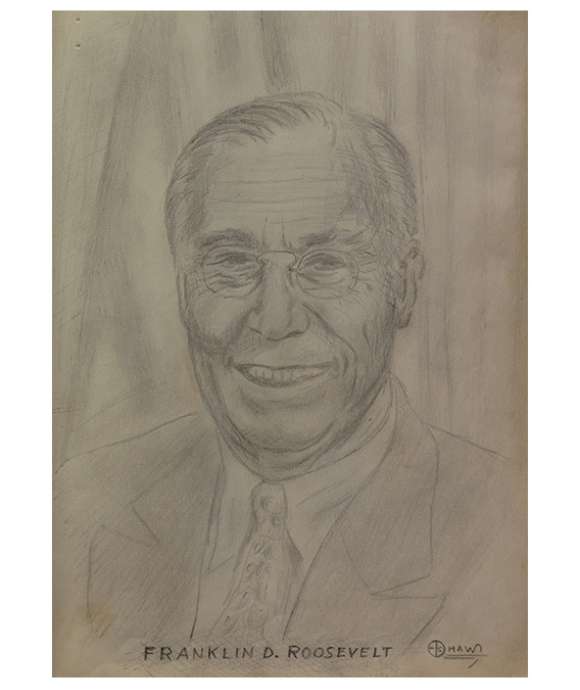
"Straw" Vote Gives FDR the Lager: The 1944 POW Vote
Even while held as POWs by the Germans in the POW camp Stalag Luft IV, American servicemen exercised their civic duty and made their voices heard, at least to each other, when they held a straw vote for the 1944 presidential election.
Peter Crean
Colonel (Ret) Peter Crean is the Vice President of Education and Access at the National WWII Museum and is responsible for the content aspects of the Museum’s mission.
Cite this article:
MLA Citation:
APA Citation:
Chicago Style Citation:
